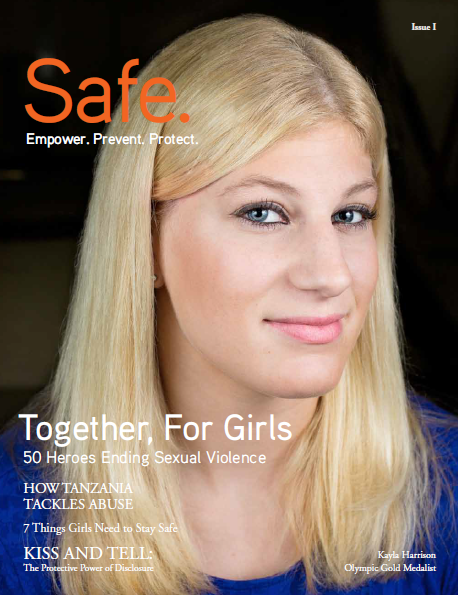It’s incredible what putting an end to silence and fear can do.
When AIDS first appeared on the scene in the U.S in the 70s, it was initially called the “gay-related immune deficiency.” It wasn’t until the mid-1980s that the Reagan administration even mentioned the word “AIDS” publicly. The stigma and discrimination that hounded this disease from the beginning is well known: HIV/AIDS was assumed to be something only experienced by gay men and drug users, and many believe the public response to the crisis was slow as a result.
Then in 1991, Magic Johnson, a popular American basketball player, came out publicly as having HIV. He is quoted in the New York Times as saying, “I think sometimes we think, well, only gay people can get it– ‘It’s not going to happen to me.’ And here I am saying that it can happen to anybody, even me, Magic Johnson.” In the month after Johnson came forward, the number of people getting tested for HIV in New York City increased by almost 60 percent. It has taken a long time, and a number of courageous and tireless individuals, to put HIV/AIDS squarely on the agenda, and to educate the public about this very serious issue. We have not eradicated AIDS, but the progress is undeniable.
In much the same vein, we are finally seeing real growth in global attention being paid to sexual and gender-based violence. Brave individuals are stepping forward with their stories, while others have simply never tired from championing this devastating issue. It is in light of this increased attention that Together for Girls felt publishing Safe magazine— the first-ever digital magazine to address the pandemic of sexual violence–was both crucial and timely. We know that sexual violence is occurring, in every country, to women and men, girls and boys, and that it is happening at alarming rates – at home, at school, during peace and during war. We know the effect that experiencing sexual violence has on a person, especially if that person is a child. These effects are life-long, and sometimes deadly.
And we are starting to wake up to those realities, as a global community. In 1994, POZ magazine was created, primarily for people living with HIV/AIDS. The idea was to be real, to deliver hard information, but to be positive, and to be a space for people to engage on something previously so shunned. Regan Hofmann was the long-time Editor-in-Chief for Poz, making her the perfect fit for the same role with Safe magazine. Safe is championing the heroes out there fighting to end sexual violence, including survivors as inspiring as Olympic gold medal-winning athlete Kayla Harrison, and it made a case for the programs, iPhone apps and data collection efforts that are steering the way towards ending this epidemic.
When brave people come forward with their stories, whether it’s Magic Johnson or Pedro Zamora with HIV/AIDS, or its Kayla Harrison or Daisy Coleman with sexual abuse, we shed a little bit of light, and a little bit of humanity on something affecting so many. When we put into words and pictures what people have felt and experienced, and then put it onto people’s proverbial coffee tables, we reduce the fear and the silence that too often hinders our progress.
It’s amazing what honesty, courage and a little storytelling can do.

